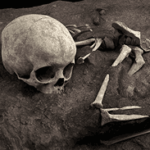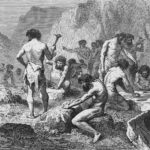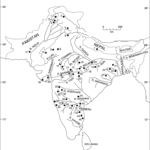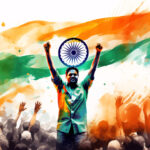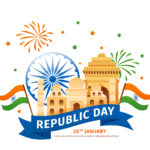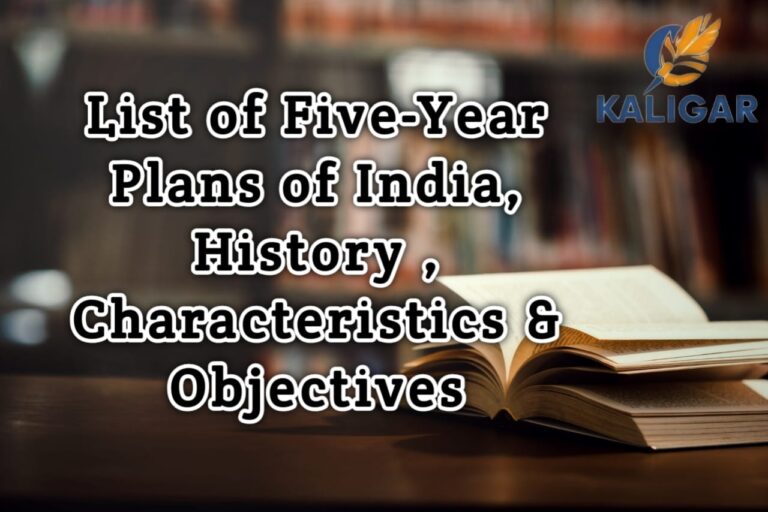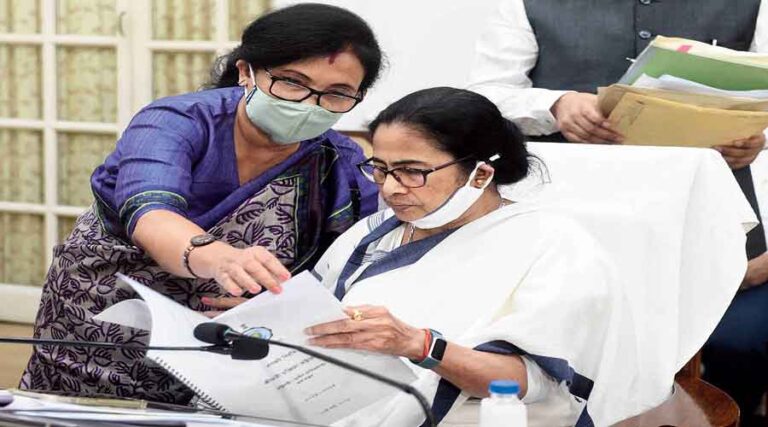What is the History of Republic Day in India?
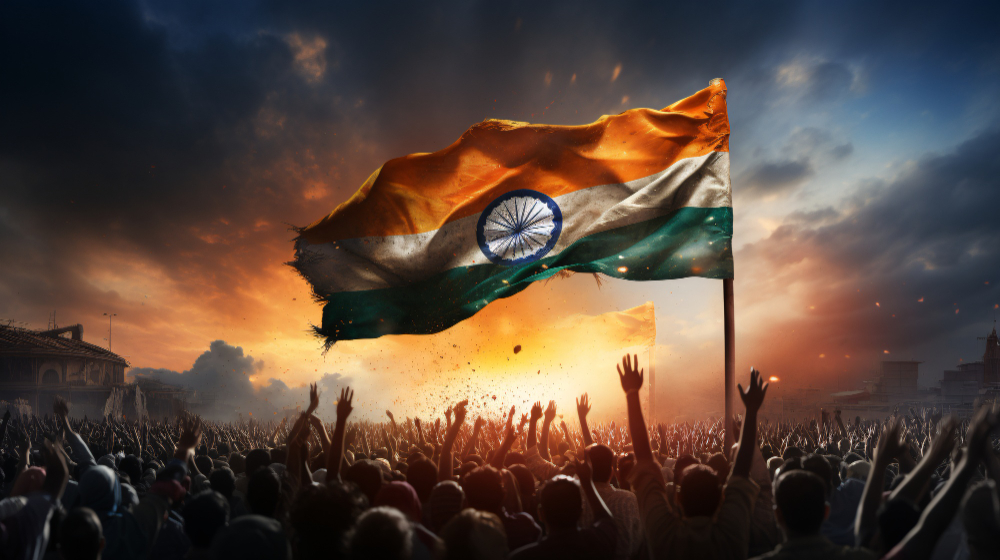
History of Republic Day
if you want to know what is the history of Republic Day in India , here your scorch is end. Republic Day in India has a rich history intertwined with the country’s struggle for independence, the framing of the Constitution, and the eventual establishment of a sovereign democratic republic. The journey towards Republic Day is a testament to the resilience and determination of the Indian people to shape their destiny and build a nation based on democratic principles.
1. The Seed of Independence:

The roots of Republic Day can be traced back to the early 20th century when the Indian National Congress and other nationalist movements began demanding self-rule and autonomy from British colonial rule. The demand for complete independence gained momentum in the 1920s and 1930s, and Mahatma Gandhi emerged as a prominent leader advocating non-violent civil disobedience.
Why is Republic Day Celebrated?
2. Purna Swaraj Declaration:
The call for complete independence reached a milestone on January 26, 1930, when the Indian National Congress, under the leadership of Mahatma Gandhi, declared Purna Swaraj or complete independence. This day was chosen to coincide with the anniversary of the Declaration of Independence to symbolize India’s quest for freedom from British rule.
3. The Struggle Continues:
The declaration of Purna Swaraj marked the beginning of a renewed phase of the struggle for independence. Despite facing challenges, including repression and violence by the British authorities, the Indian people remained steadfast in their commitment to achieving freedom.
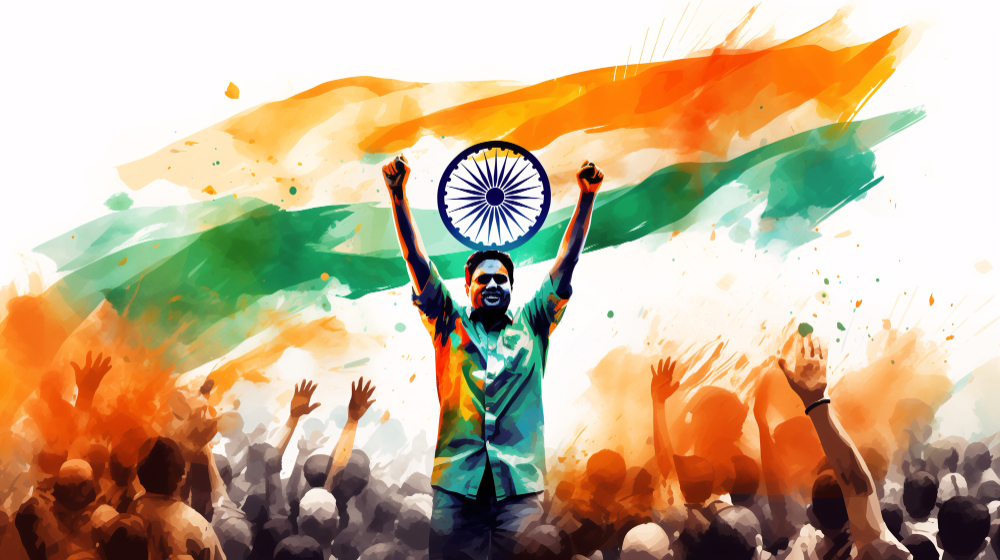
image in this content taken from freepic.com
4. The Role of World War II:
The global context of World War II played a crucial role in shaping the events leading up to India’s independence. The war, which began in 1939, strained the resources of the British Empire. India’s contribution in terms of men and materials highlighted the contradiction of fighting for democracy abroad while denying it to its own subjects in India.
5. Quit India Movement:
The Quit India Movement of 1942, initiated by Mahatma Gandhi, marked a significant turning point in the struggle for independence. The movement demanded an end to British rule, and the call for “Do or Die” became the rallying cry for millions of Indians seeking self-determination.
6. Post-War Realities:
The conclusion of World War II in 1945 brought about a shift in global power dynamics. The war-weary British Empire faced challenges in maintaining its colonial holdings. The Labour government in Britain recognized the need for decolonization, and discussions about India’s future gained momentum.
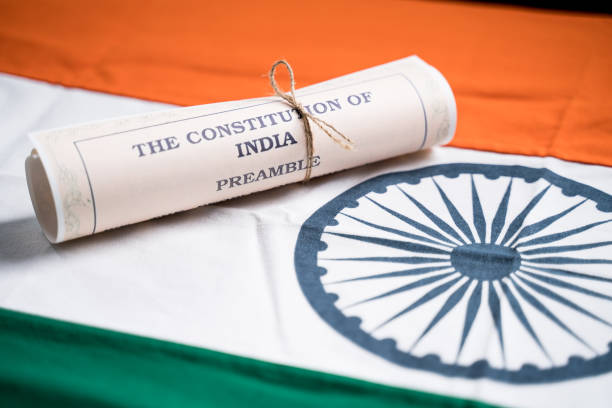
7. The Mountbatten Plan:
In 1947, realizing the inevitability of India’s independence, the last British Viceroy, Lord Louis Mountbatten, proposed a plan for partition and the creation of two independent dominions – India and Pakistan. On August 15, 1947, India gained independence, and the struggle for freedom resulted in the creation of two nations.
8. The Need for a Constitution:
With independence achieved, the question of governance arose. The Constituent Assembly, formed in 1946, took on the responsibility of drafting a Constitution for independent India. Dr. B.R. Ambedkar, the chairman of the Drafting Committee, played a pivotal role in shaping the constitutional framework.
9. The Framing of the Constitution:
The Constituent Assembly, comprised of representatives from various regions, communities, and backgrounds, worked diligently to create a document that would serve as the guiding light for the nation. After two years, eleven months, and eighteen days of rigorous deliberations, the Constituent Assembly adopted the Constitution of India on January 26, 1950.
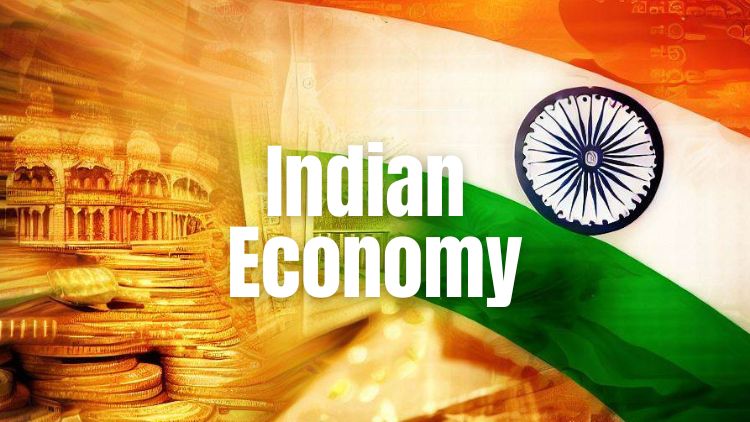
10. Republic Day is Born:
January 26, 1950, is the day India officially became a republic. This historic day marked the commencement of the Constitution of India, replacing the Government of India Act (1935) as the governing document. The adoption of the Constitution transformed India into a sovereign, socialist, secular, and democratic republic.
11. The First Republic Day Celebration:
The first Republic Day was celebrated with great enthusiasm across the nation. Dr. Rajendra Prasad was sworn in as the first President of the Republic of India. The historic event took place at the Durbar Hall of the Government House (now Rashtrapati Bhavan) in New Delhi.
12. The Significance of January 26:

The choice of January 26 for the adoption of the Constitution was not arbitrary. As mentioned earlier, it was on January 26, 1930, that the Indian National Congress had declared Purna Swaraj. By adopting the Constitution on the same day two decades later, the leaders of independent India paid homage to the long and arduous struggle for freedom.
13. Republic Day Celebrations:
Republic Day has since been celebrated annually on January 26 with grandeur and solemnity. The celebrations include the hoisting of the national flag by the President of India, a parade showcasing the country’s military might and cultural diversity, and various cultural events. The iconic Republic Day parade, held in the national capital, New Delhi, has become a symbol of national pride and unity.
14. The Symbolism of the Parade:
The Republic Day parade showcases the strength of the Indian Armed Forces, the diversity of the country’s cultural heritage, and the achievements in various fields. The march past by the military, paramilitary forces, and schoolchildren, along with cultural displays, reflects the unity in diversity that defines India.
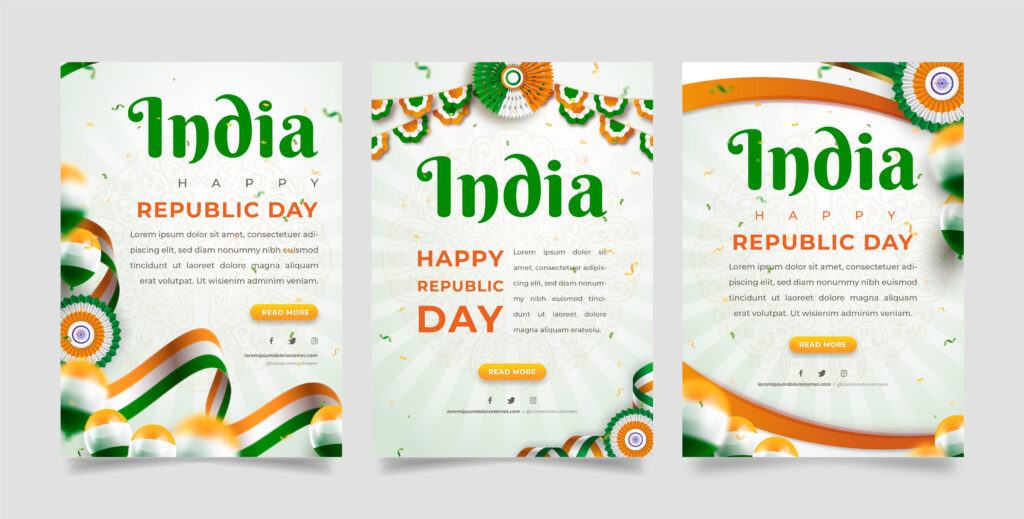
15. Evolving Significance:
Over the years, Republic Day has evolved beyond its historical and constitutional significance. It has become a day to reflect on the progress made by the nation, acknowledge challenges, and renew commitments to the principles enshrined in the Constitution.
16. Contemporary Relevance:
Republic Day holds contemporary relevance as a day of national pride and a reminder of the values that define the Indian republic. It is an occasion to celebrate the democratic ethos, cultural richness, and unity that bind the diverse fabric of the nation.
In conclusion, the history of Republic Day in India is deeply rooted in the struggle for independence, the framing of the Constitution, and the establishment of a sovereign democratic republic. January 26, 1950, stands as a historic milestone when India chose the path of self-governance, adopting a Constitution that continues to guide the nation’s destiny. Republic Day serves as an annual reminder of India’s journey towards freedom, democracy, and a shared vision of a just and inclusive society.
About the Author
Sisir Mondal
Administrator
My name is SISIR MONDAL, I complete my graduate from University of Kalyani , West Bengal, India . I am like to build WordPress website and also developing this type of website . If you want your website , you can contact me trough email. thanks to visit this site.
